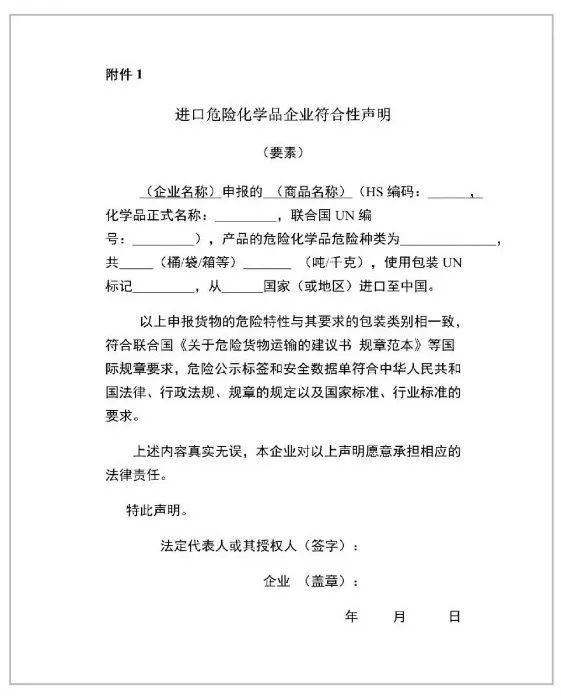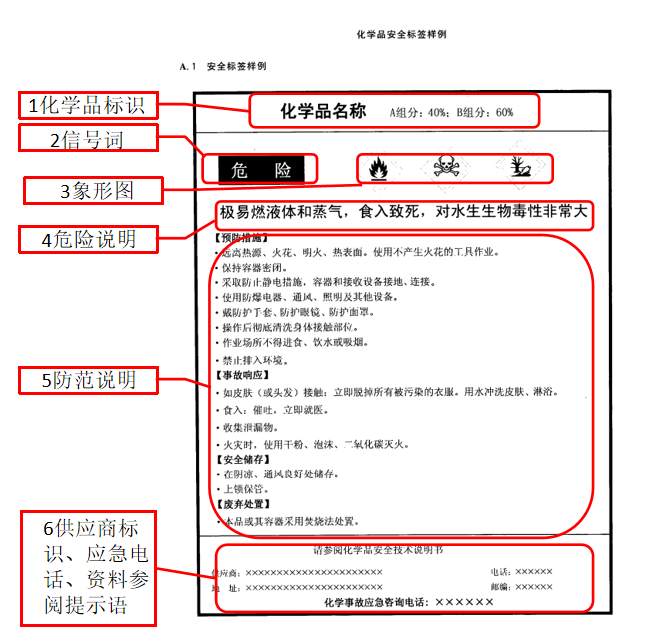Confusible concepts

1. What are dangerous goods?
According to the description in Classification and Product Name Number of Dangerous Goods (GB 6944-2012), substances and articles with explosive, flammable, toxic, infectious, corrosive, radioactive and other dangerous characteristics that are easy to cause personal injury, property damage or environmental pollution during transportation, storage, production, operation, use and disposal and need special protection.
There are 3523 entries in the List of Dangerous Goods (GB 12268-2012) for 9 categories of hazards.
2. What are hazardous chemicals?
According to Article 3 of the Regulations on the Safety Administration of Hazardous Chemicals (Decree No. 591 of the State Council), the hazardous chemicals referred to in these Regulations refer to highly toxic chemicals and other chemicals that are toxic, corrosive, explosive, burning, combustion supporting, etc. and are harmful to human beings, facilities, and the environment.
Not applicable: safety management of civil explosives, fireworks, radioactive substances, nuclear energy substances and hazardous chemicals used in national defense research and production. Generally speaking, the products listed in the Catalogue of Dangerous Chemicals are dangerous chemicals. The Catalogue of Dangerous Chemicals (2015 Edition) has 2828 entries in total.
3. What is the packaging of dangerous goods
It refers to the packaging containers containing dangerous goods, usually including packaging containers with a capacity of no more than 450L and a net weight of no more than 400kg, medium bulk containers, large containers (large packages), etc. In addition, it also includes pressure vessels, spray tanks and small gas containers, portable tanks and multi gas containers.

The concept of dangerous goods is different from that of dangerous chemicals. Dangerous goods are not necessarily dangerous chemicals, such as car airbags, lithium batteries, etc.
Scope of imported hazardous chemicals subject to inspection
In accordance with the Announcement on Relevant Issues Concerning the Inspection and Supervision of Imported and Exported Dangerous Chemicals and Their Packages (Announcement No. 129 of the General Administration of Customs in 2020), the customs shall inspect the imported and exported dangerous chemicals listed in the latest edition of the Catalogue of Dangerous Chemicals (hereinafter referred to as the Catalogue).
It is recommended that the domestic consignee, when importing hazardous chemicals, make clear whether the import port is a place with relevant qualifications for such hazardous chemicals.
Regulatory basis
1. Law of the People's Republic of China on Import and Export Commodity Inspection and its implementation regulations.
2. Regulations on Safety Management of Hazardous Chemicals.
3. Announcement of the General Administration of Customs on the Inspection and Supervision of Import and Export of Dangerous Chemicals and Their Packages (Announcement No. 129, 2020).
4. The Globally Harmonized System of Classification and Labelling of Chemicals (GHS).
5. Model Regulations of the United Nations Recommendations on the Transport of Dangerous Goods ("TDG" for short).
6. Code for Classification and Labeling of Hazardous Chemicals (GB3000 series standards).
7. GB15258-2009 Regulations on Preparation of Chemical Safety Labels.
8. GB/T17519-2013 Regulations on Preparation of Chemical Safety Data Sheet.
Commodity Inspection] Where can I download the international conventions and rules on the transport of dangerous goods?
Materials to be submitted by enterprises
According to the Announcement on Relevant Issues Concerning the Inspection and Supervision of Imported and Exported Dangerous Chemicals and Their Packages (Announcement No. 129 of the General Administration of Customs in 2020), when the consignee or its agent of imported dangerous chemicals makes customs declaration, the items to be filled in shall include the dangerous category, packaging category (except for bulk products), UN number of dangerous goods, UN mark of dangerous goods packaging (package UN mark) (except for bulk products), etc, The following materials shall also be provided: (I) Declaration of Conformity of Enterprises Importing Dangerous Chemicals

(2) For products that need to add inhibitors or stabilizers, the name, quantity and other information of the actually added inhibitors or stabilizers shall be provided.
(3) Samples of Chinese hazard publicity labels (excluding bulk products) and Chinese safety data sheets.
1. Before the shipment of imported goods, the domestic consignee shall ask the foreign supplier for the safety data sheet and danger publicity label, review them by himself and translate them into Chinese, and paste or hang them on the goods package as required.
2. If the domestic consignee cannot obtain the relevant information or can not determine whether the information is compliant, the supplier can be required to provide a small amount of samples and send them to a qualified laboratory for review of the safety data sheet and hazard publicity label.
3. Ensure that the information of "one book and one signature" is true, accurate and consistent with each other, whether the format is complete, and whether the content is comprehensive (16 items in the safety data sheet, 6 items in the danger publicity label).

Customs inspection
The port customs shall carry out batch approval and verification for imported hazardous chemicals, and check whether the dangerous publicity labels, safety data sheets and the compliance statements provided by the import enterprises meet the requirements during the port inspection. For the packaging of imported hazardous chemicals, it is necessary to inspect whether the packaging type, packaging mark, packaging type, packaging specification, unit weight, packaging use condition, etc. meet the relevant requirements, and release them after they are qualified.
For problems found in self inspection, such as dangerous publicity labels, attached safety data sheets, and label errors, it is recommended that the enterprise prepare the correct version in advance, rectify in time, and improve the customs clearance efficiency.
Proposal: In order to improve the customs clearance efficiency of hazardous chemicals and reduce the risk of detention at ports, it is recommended that enterprises prepare materials in advance according to the above customs clearance tips before shipping hazardous chemicals to customs clearance ports, make declaration in advance, and take the initiative to contact the customs to make an appointment for inspection.


